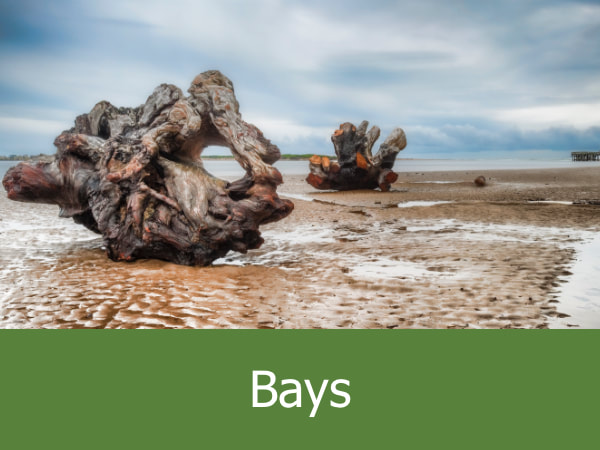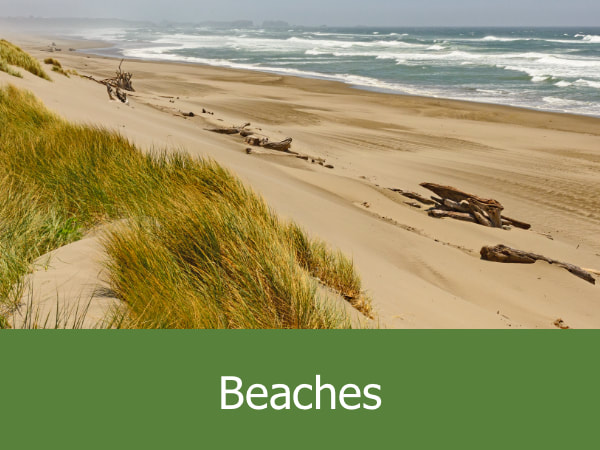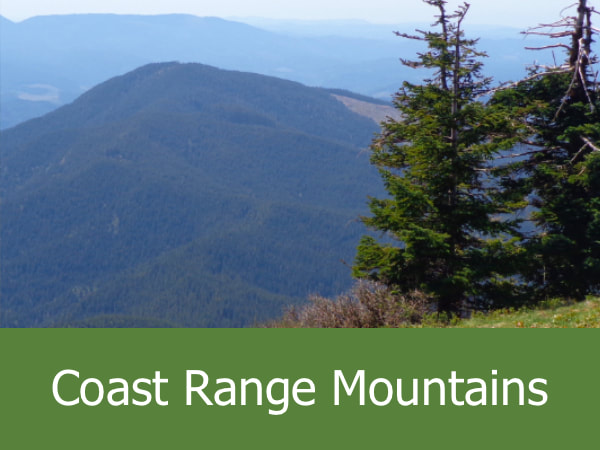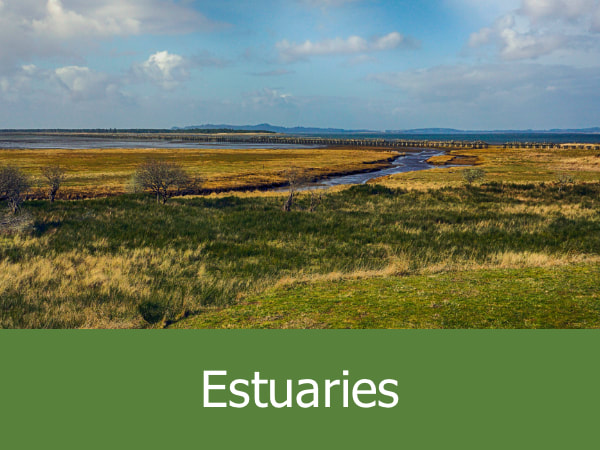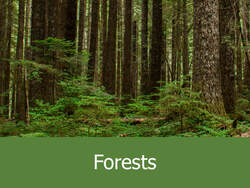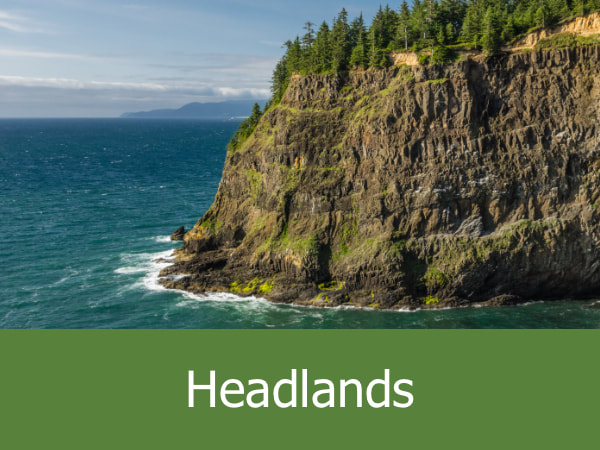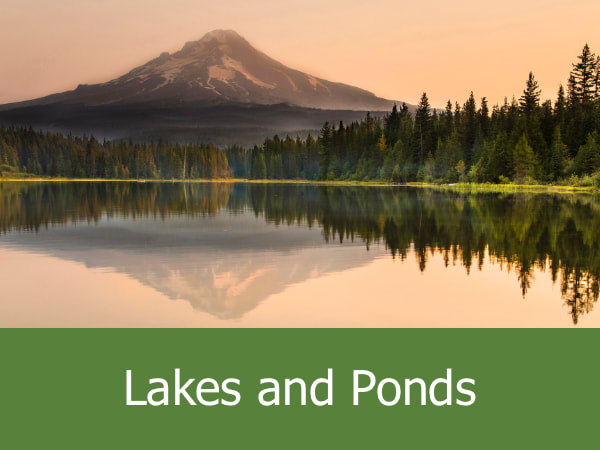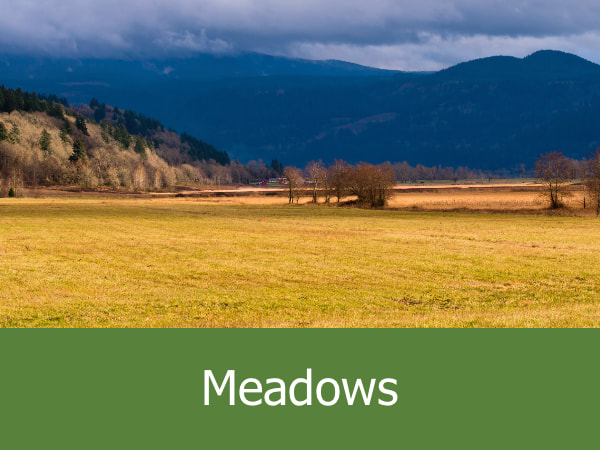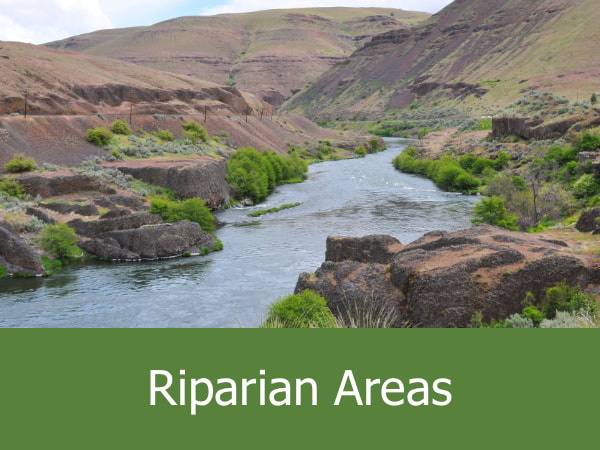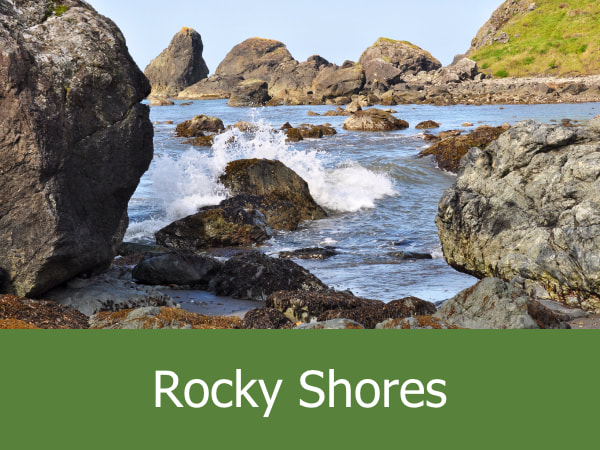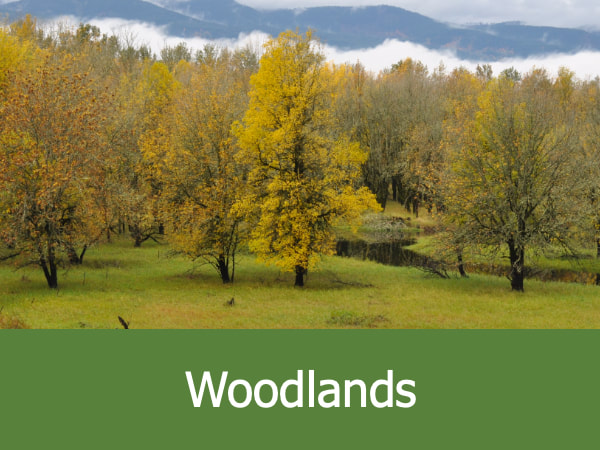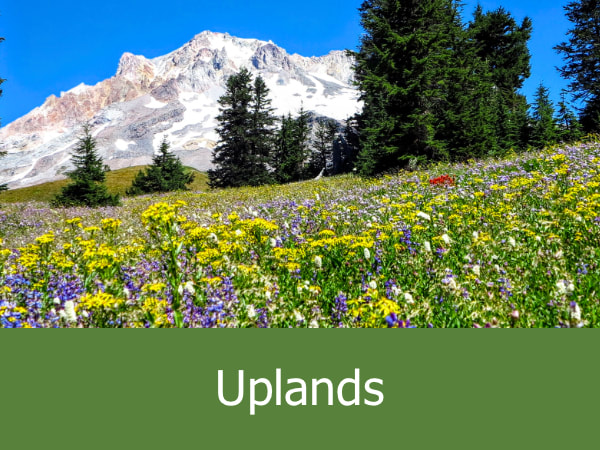Explore The Oregon Coast:
Back to ECOSYSTEMS
Our ideas and perceptions about the ocean are influenced by our interactions with it. But that interaction may go no further than dipping our toes in the waves while visiting the beach. The watery universe which lies beyond the breakers is not something we often see — and usually something we don’t understand. Over half of all Americans live in coastal areas, which can include bays, beaches, estuaries, dunes, rocky shores, headlands, islands and the ocean waters immediately adjacent. Our attraction to the coast may be due partly to our fondness for the water, partly to the rich natural resources coastal areas provide. Whatever the reason, the coast is the one part of the ocean realm we know, experience and understand best.
To begin exploring, click on one of the ecosystems listed below.
Our ideas and perceptions about the ocean are influenced by our interactions with it. But that interaction may go no further than dipping our toes in the waves while visiting the beach. The watery universe which lies beyond the breakers is not something we often see — and usually something we don’t understand. Over half of all Americans live in coastal areas, which can include bays, beaches, estuaries, dunes, rocky shores, headlands, islands and the ocean waters immediately adjacent. Our attraction to the coast may be due partly to our fondness for the water, partly to the rich natural resources coastal areas provide. Whatever the reason, the coast is the one part of the ocean realm we know, experience and understand best.
To begin exploring, click on one of the ecosystems listed below.
|
Bays are inward-curving inlets where a body of water meets the land. They can provide shelter from the harsh conditions of the open sea.
|
A beach is a a pebbly or sandy shore where the water of the ocean, lake or river continually grinds and erodes the solid ground underneath.
|
The Coast Mountains are a vital component to many of Oregon's watersheds, feeding the numerous rivers which spread to the Pacific Ocean and the inland valleys.
|
Dunes are mounds or ridges of sand or other loose sediment formed by wind or water erosion. The coastal dunes of Oregon are the most expansive in North America.
|
|
Estuaries exist in almost every place where a river flows into the sea; where fresh water discharging from the land mixes with the salt water of the ocean.
|
A forest is a complex and constantly changing ecosystem dominated by trees. Because of the cover provided by the tree canopy, forests are often wetter than surrounding areas.
|
A headland is a point of high land which juts into a body of water, such as a lake or ocean. If these formation are inland, they are often referred to as uplands.
|
A lake or pond is a body of water confined to a depression in the earth’s surface called a basin. They are different from rivers and streams because their waters are comparatively still.
|
|
A meadow is a vegetated field dominated by grasses, herbs and other non-woody plants. On the Oregon Coast, coastal meadows are important habitats for some threatened species.
|
“Riparian” refers to anything along the banks of a river, stream or brook. These can be both natural and human engineered areas, often including both terrestrial and aquatic species.
|
In Oregon, the rocky shore is that portion of the solid land that meets the sea. It can include the intertidal areas and tide pools which may be covered with water during parts of the day.
|
Woodlands are ecosystems with a broken tree cover which allows for a diverse understory of light-dependent plants. A woodland is often a transition zone between ecosystems.
|


